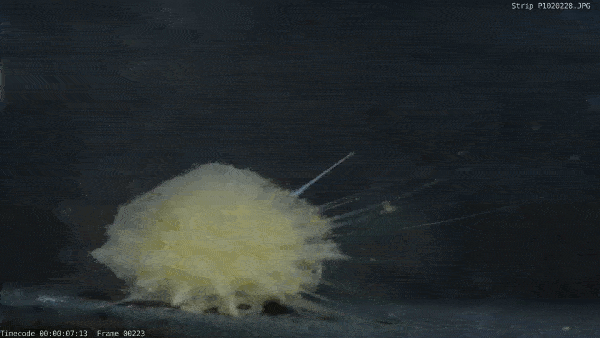Supervisor: Gert Wörheide (LMU Munich), Co-supervisor Agostinho Antunes (CIIMAR Porto)
Student: Ramon Rivera
Objectives: A holobiont is a metaorganism that consists of a host and its associated symbionts, frequently microbes - humans are a good example with their gut microbes. It is increasingly appreciated that the interaction between the different players shape the development, function and adaptation of the holobiont, but the exact modes and pathways of interaction remain frequently poorly understood. Sponges (Porifera) are another example of a holobiont system with a long evolutionary history, likely more that 550 million years. In addition, sponges are among the most potent marine producers of bioactive compounds but the interplay between host and symbionts in producing these pharmaceutically valuable molecules is not fully understood yet. We are successfully culturing the emerging demosponge model Tethya wilhelma (a low microbial abundance [LMA] sponge) since many years in our lab and have sequenced its nuclear genome as well as the genomes of its two core bacterial symbionts.
O1: Sequence novel sponge holobiont genomes from two Tethya sister species (T. minuta, T. actinia).
O2: Comparatively analyse patterns, pathways, and processes of sponge-microbe (holobiont) interaction and metabolic links in these sister-species using single-cell sequencing.
O3: Investigate common or divergent genomic signatures of secondary metabolite pathways in these sister-species and reconstruct their evolution.
Secondments: Detlev Arendt (EMBL Heidelberg), Agostinho Antunes (CIIMAR Porto), Lyubomir Penev (Pensoft Publishers, Sofia)
